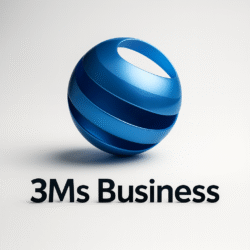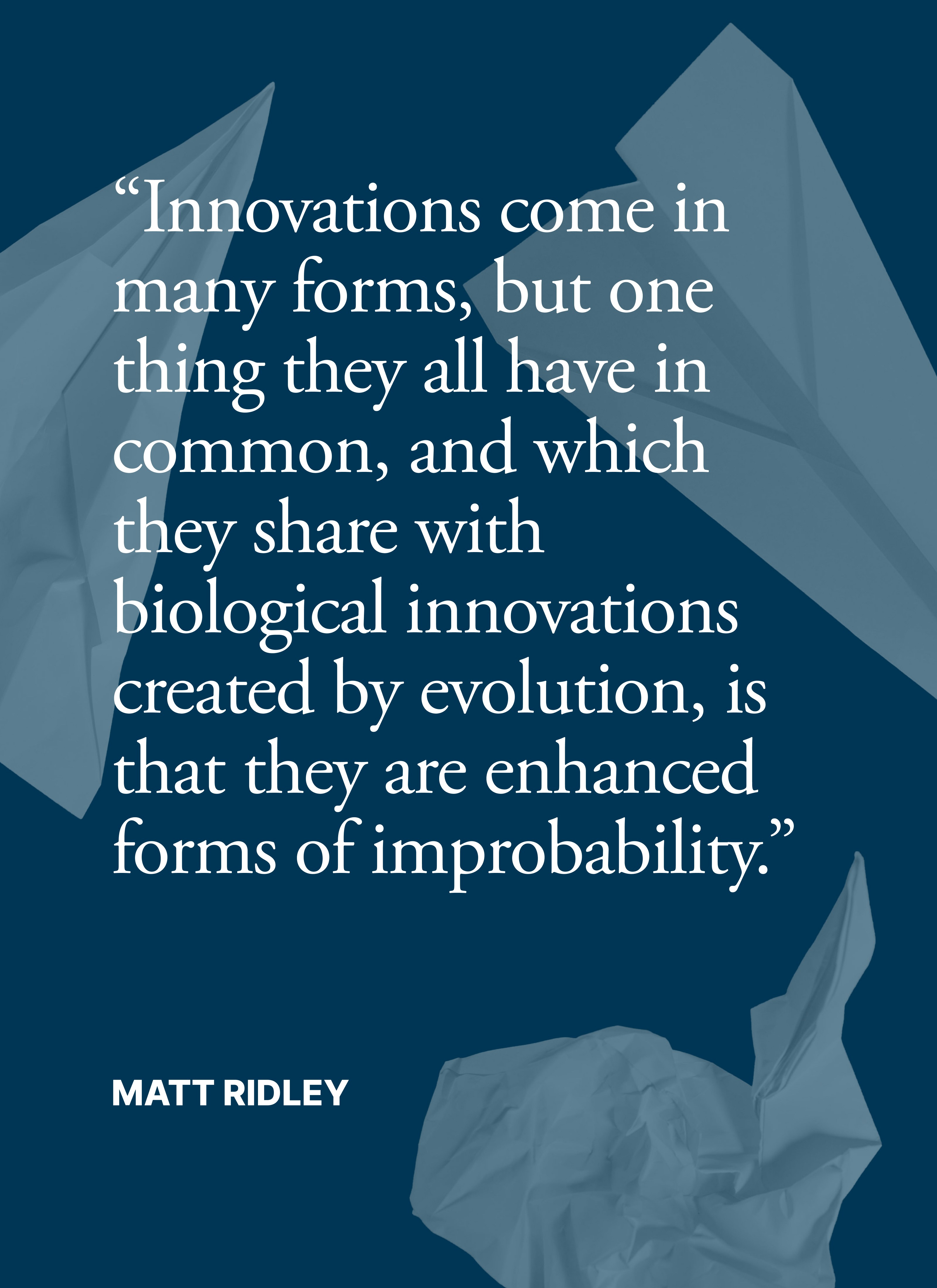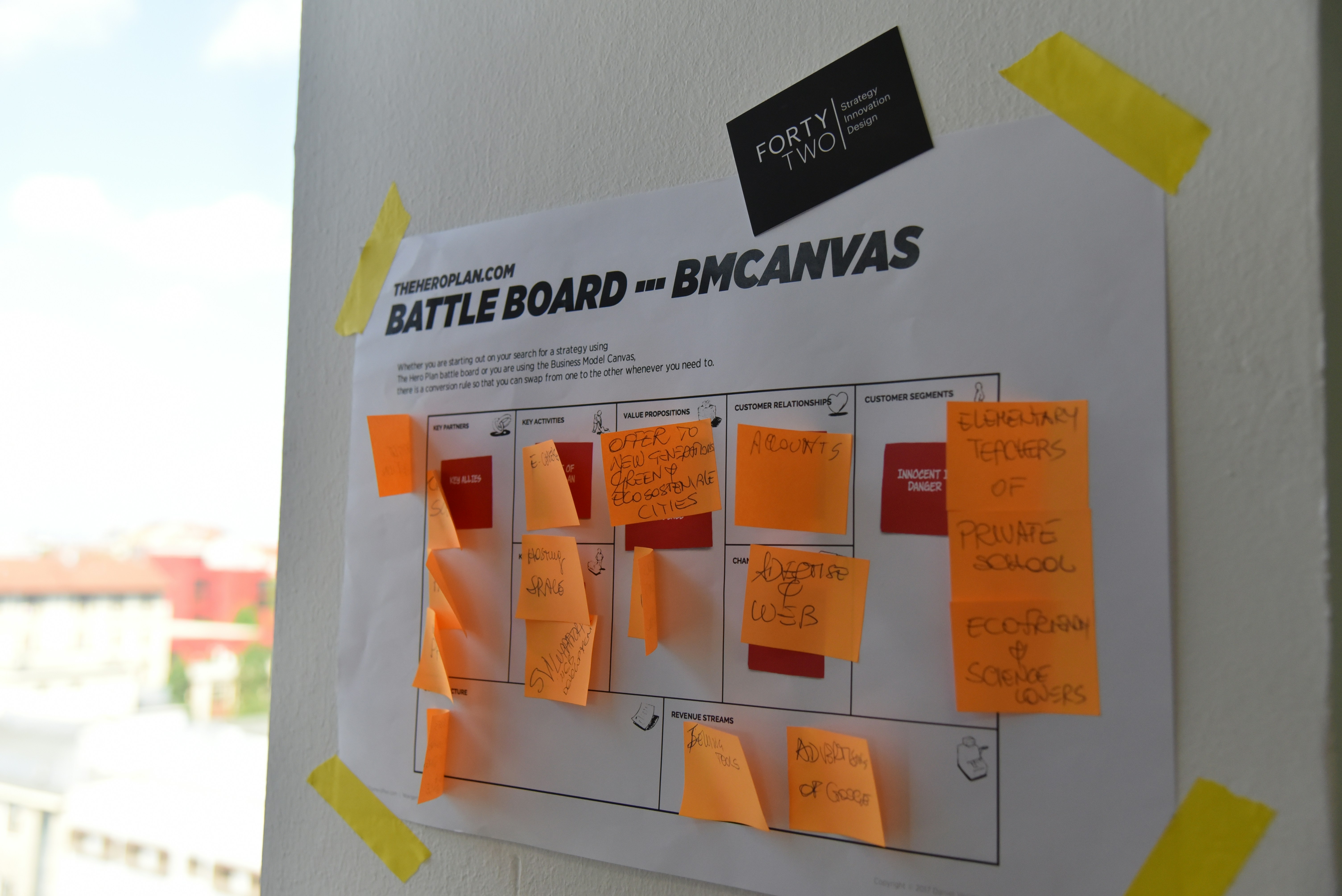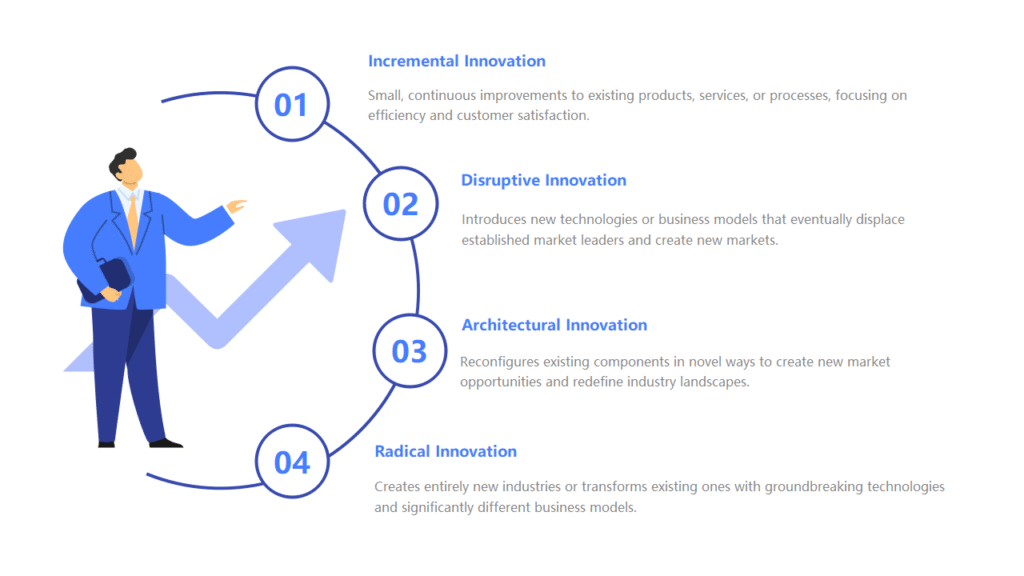For busy execs
- Stabilize: Win the next 13 weeks—cash triage, price discipline, zero-based spend, and procurement waves.
- Simplify: Make hard choices—prune SKUs, shut zombie projects, and choose one strategic position (cost leadership, differentiation, or focus). Harvard Business Review, Harvard Business School
- Scale: Double down on the few capabilities that create advantage; build a cadence that turns strategy into results. MIT Sloan Management Review
The governance structure includes war-room meetings alongside weekly KPI tracking and a 30-60-90 plan which requires named owners.
- Outcome: Liquidity bought, noise reduced, flywheel spinning.
The moment of truth
If you are reading this, odds are your dashboard looks “fine” … until it does not. The revenue numbers seem decent yet margin performance continues to decline. Projects slip “just a week,” then another. Discounts creep in. The financial strain becomes visible at the same time the board demands an immediate plan.
The guide serves as my practical approach to working with founders and CEOs and CFOs and COOs and senior teams through Stabilize, Simplify, Scale. It is blunt by design. When the house is smoky, you do not discuss paint colors—you grab the extinguisher, then rebuild the kitchen.
1) Stabilize: Buy time and control the bleeding
The main goal is to maintain operational continuity and defend personnel and clients while obtaining sufficient time for making genuine strategic decisions.
A cash war room (daily for 13 weeks).
Create a 13-week financial plan that includes detailed tracking of receivables by their age and critical payables along with payroll costs and tax expenses and debt servicing requirements. Perform daily reconciliation while acting during the afternoon hours. Your collections efforts should combine executive-to-executive debt collection with payment strategy development for optimizing payment sequences while eliminating automatic renewal contracts. McKinsey & Company demonstrates in their research that strong working-capital strategies both generate funding for the turnaround and decrease survival threats. McKinsey & Company
- b) Procurement waves that print cash.
Implement 4–6-week sourcing waves for your largest external spending areas which include logistics together with MRO and SaaS services. Organizations should implement standardized specifications and rebid procedures to bundle their volumes while setting “should-cost” targets. The correct execution of procurement operations provides organizations with quick cash flow without negatively affecting their customer base. McKinsey & Company
- c) Price and discount discipline.
Freeze ad-hoc discounting. A discount approval system should include commercial finance signatures for all price reductions above 3% along with “give-get” rules that allow discounts only when customers obtain extended payment terms and larger orders and prepayment agreements. The implementation of clear rules brings back margin integrity quickly.
- d) Zero-based spend.
Every organization should begin its operations from a blank slate before validating each financial decision. The 20% portion that generates 80% of value should be retained but delay the remaining 80% for 90 days. The process of decision-making represents emergency care operations rather than standard financial management.
- e) Communicate like a leader.
Tell your teams the truth. The 30-60-90 plan requires names together with numbers and dates. Momentum beats perfection.
The team gets a winning signal when it achieves positive weekly net cash flow together with decreasing days sales outstanding and a discounted rate that has been reduced by half and staff members who understand the situation.
2) Simplify: Focus beats complexity
The primary goal is to eliminate unnecessary distractions which will allow leaders to focus on their most important strategic initiatives.
-
a) Choose your strategic position (and own the trade-offs).
Strategy is not “do everything better.” A business should select a distinctive market approach by designing activities that support it which requires turning down enticing yet unaligned opportunities. Porter’s work is unambiguous: cost leadership, differentiation, or focus. Pick one. The organization should create an integrated system which supports this strategic choice. Harvard Business Review, Harvard Business School
-
b) Use the BCG matrix to prune the portfolio.
Products/business units should be displayed in a matrix based on market growth and relative share position which identifies Stars, Cash Cows, Question Marks, Dogs. The company should eliminate Dogs through harvesting and fund Stars simultaneously while establishing challenging learning targets for Question Marks and maintain Cash Cows by preventing resource depletion for innovative activities. The tool has existed for fifty years because leaders always need to assess their limited resource distribution. Boston Consulting Group
-
c) Scrap the zombie projects.
A project should be shut down if it fails to define customer promises and paths to advantage and profit metrics that deliver results within 2–3 quarters. Move A-players from failing projects to successful ones.
-
d) Simplify operating model.
The three-column one-page format should contain the following elements: Centralized decisions (pricing guardrails and capital allocation) and decisions made at the edge (local assortment and project staffing) and standardized interfaces (data model and CRM stages and cost codes). Less handoffs and faster cycle times and clearer accountability.
-
e) Rebuild the scorecard.
For turnarounds, vanity metrics are poison. Track:
- Cash conversion (cash from ops / EBITDA)
- Net revenue retention (B2B) or repeat rate (B2C)
- Unit economics (contribution margin per SKU/project)
- Cycle time (quote-to-cash, install-to-invoice)
- Rework / call-backs (construction/field services)
When the scoreboard changes, behavior changes.
3) Scale: Institutionalize what works
Objective: Make the early wins repeatable and build capabilities that compound.
-
a) Turn strategy into a weekly cadence.
Strategy only “exists” when it shows up in calendars, budgets, and one-number priorities. Use a simple loop: weekly ops (execution), monthly business review (learning), quarterly reset (choices). Research on execution shows sustained results come from tight alignment between priorities, metrics, and behaviors. MIT Sloan Management Review
-
b) Capability roadmap (not a feature wishlist).
Choose three to five capabilities that form your competitive advantage by selecting rapid design-to-quote capabilities and data-driven pricing and supply-chain reliability at 95%+ OTIF then develop the necessary technology and processes and roles and skills to execute these capabilities. According to McKinsey & Company’s current advice businesses should start their transformation by defining a clear “true north” while developing four essential workstreams that will sustain the process. McKinsey & Company
-
c) Culture that accelerates, not decorates.
You do not need posters—you need behaviors. The leadership team at LEGO created new behaviors which they embedded into their systems and rituals to drive years of successful growth and profitable results. That is the point: culture is how decisions get made when no one is watching. MIT Sloan Management Review
-
d) Smart M&A (if relevant).
A disciplined operator remains the only one who achieves success when buying troubled assets. MIT Sloan Management Review states that several key factors lead to better M&A turnaround results; organizations should only proceed with acquisitions when they meet these criteria. MIT Sloan Management Review
-
e) Fit-for-growth costs.
The allocation of funds should proceed from unnecessary items to essential capabilities. The approach described by Strategy& as Fit for Growth focuses on advantageous reallocation instead of cost reduction. (PwC)
Two fast case studies
Case 1 — “LEGO’s Rebuild Play” (real-world lesson):
LEGO regained its focus by returning to core capabilities while simplifying its portfolio and establishing clear leadership behaviors. Cultural change served as an operational driver instead of being a superficial catchphrase that required codification and reinforcement. After this period the company implemented a new operating model that included both product and process improvements. MIT Sloan Management Review
Case 2 — “HVAC contractor, KSA” (composite):
The company operated at SAR 38 million in revenue with a negative 6% operating margin and rework at 14% while LDs applied to 22% of projects.
The solution includes a 13-week cash war room together with collections taskforce implementation and ad-hoc discount reduction and procurement wave deployment for compressors/controls along with marketing program suspension for low-ROI activities.
Simplify operations through a portfolio review which removes unprofitable retrofit SKUs and selects focus differentiation through 24-hour emergency response and no-callback guarantee while standardizing job costing and closeout checklists.
A training program for foremen should focus on right-first-time while introducing earned-value tracking and launching repeat-service plans for commercial clients.
The company achieved financial positivity during the 180-day period and reduced rework to 6% while reaching near breakeven operating margin levels with maintenance contracts making up most of the pipeline.
The 30-60-90 plan (use this tomorrow)
Days 0–30 — STABILIZE
- Stand up 13-week cash; daily reconcile; CFO + treasury lead.
- Collections sprint; CXO-to-CXO calls for top 20 debtors.
- Freeze discounts; install approval fences.
- Launch Wave 1 procurement (top 3 indirect categories).
- Publish “Stop/Start/Continue” list; cut noncritical spend.
- All-hands: 10-minute truth talk and weekly scorecard ritual.
Days 31–60 — SIMPLIFY
- Choose strategic position (cost leadership / differentiation / focus).The BCG matrix requires companies to shut down Dogs and harvest Cows while funding Stars while implementing time-boxes for Question Marks. Boston Consulting Group
- Operating model: decision rights map, standardized CRM/cost codes, handoff rules.
The 20 top SKUs and projects should be re-costed for unit economics while negative-margin offers should be removed.
- Talent: reassign A-players to Stars; exit chronic blockers.
Days 61–90 — SCALE
- Codify capability roadmap (3–5 capabilities, owners, milestones). McKinsey & Company
The Revenue engine has two choices: account expansion plays or high-velocity small deals which must be selected.
- Governance: weekly ops, monthly business review, quarterly choices. MIT Sloan Management Review
- Culture: 5 leadership behaviors, measured in 1:1s and promotions. MIT Sloan Management Review
KPIs that matter in a turnaround
- Cash: net cash from ops (weekly), DSO/DBO, inventory turns
- Margin integrity: realized price vs. list, discount rate, contribution margin
- Execution: quote-to-cash cycle time, on-time delivery/installation, rework %
- Demand health: pipeline coverage (x months), win rate, NRR or repeat rate
- People: regrettable attrition, % roles with named successors
The scorecard should be limited to one page while green indicates on-plan status and red signals immediate action.
Content enrichment: external references you can trust
- Strategy & positioning: Porter’s “What Is Strategy?” (trade-offs, fit, unique position). Harvard Business Review, Harvard Business School
- Portfolio focus: BCG’s Growth-Share Matrix (how to fund Stars, harvest Cows). Boston Consulting Group
- Transformation that sticks: McKinsey roadmap to a durable “true north.” McKinsey & Company
- The path to fast operational cash through procurement waves that produce immediate financial benefits. McKinsey & Company
- Execution cadence & leadership: Turning strategy into results; culture as a growth lever. MIT Sloan Management Review
- Fit for Growth lens: Reallocate toward differentiating capabilities (Strategy&). PwC
FAQs leaders ask (and straight answers)
“Can we ‘do it all’—be low cost and premium?”
No. Your business will move into a middle ground that results in competition from both directions. You should select one path to develop an integrated system of supporting choices. Harvard Business Review
“Should we buy growth during a turnaround?”
Your company should purchase growth only when you possess the organizational capacity to combine and correct operations within critical timeframes. When you acquire someone else’s business, you will only get the existing problems. MIT Sloan Management Review
“How much cost should we cut?”
Wrong question. Your resources should be allocated toward a limited number of distinct capabilities which differentiate your business. Avoid spending money on initiatives that do not drive your business strategy forward. PwC
Final word
Turnarounds reward courage and punish indecision. Stabilize to buy time. Simplify to regain strategic clarity. Scale to create momentum and keep it. You require neither perfect data to begin nor a leader who can make tough decisions but you do need someone who will lead the team to execute tasks with precision. Three months of executing this way will activate the flywheel.
Desktop Computer for office:



























